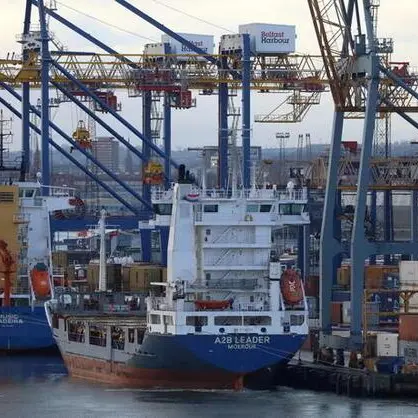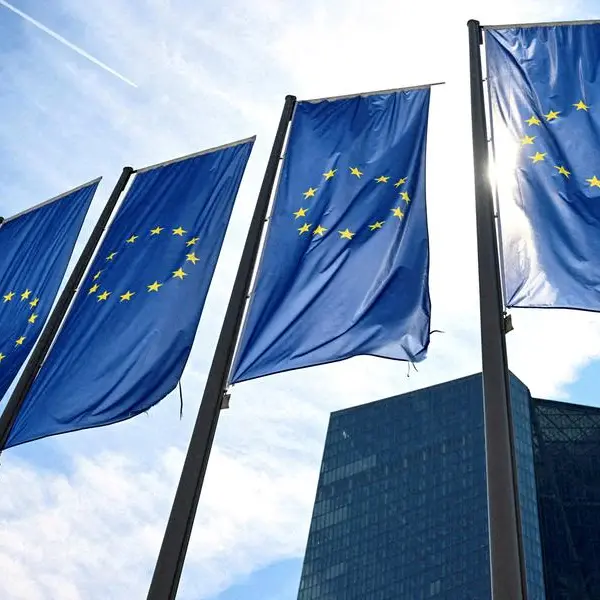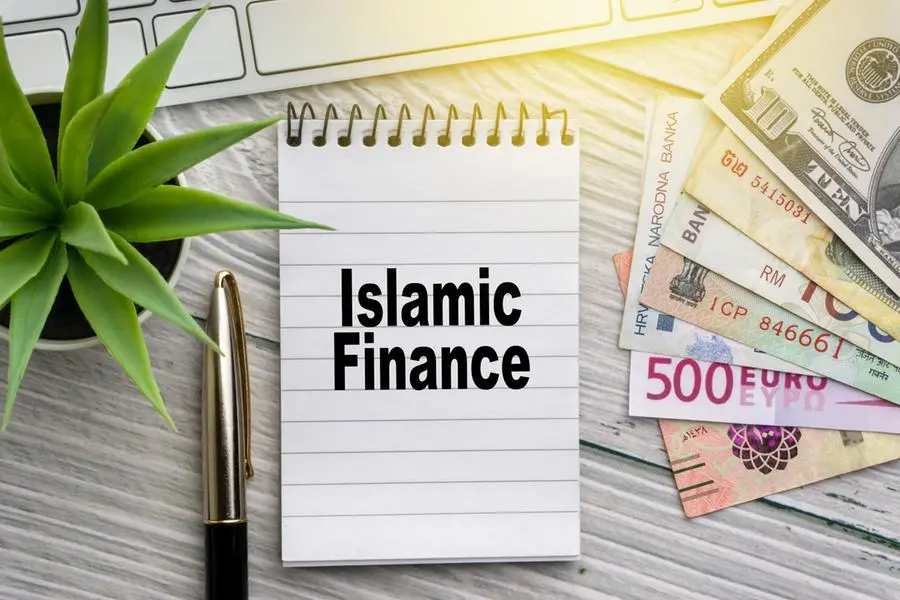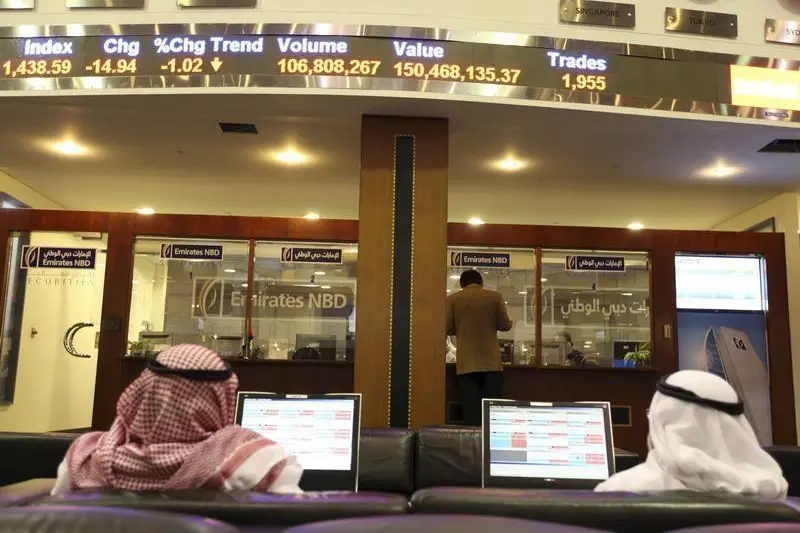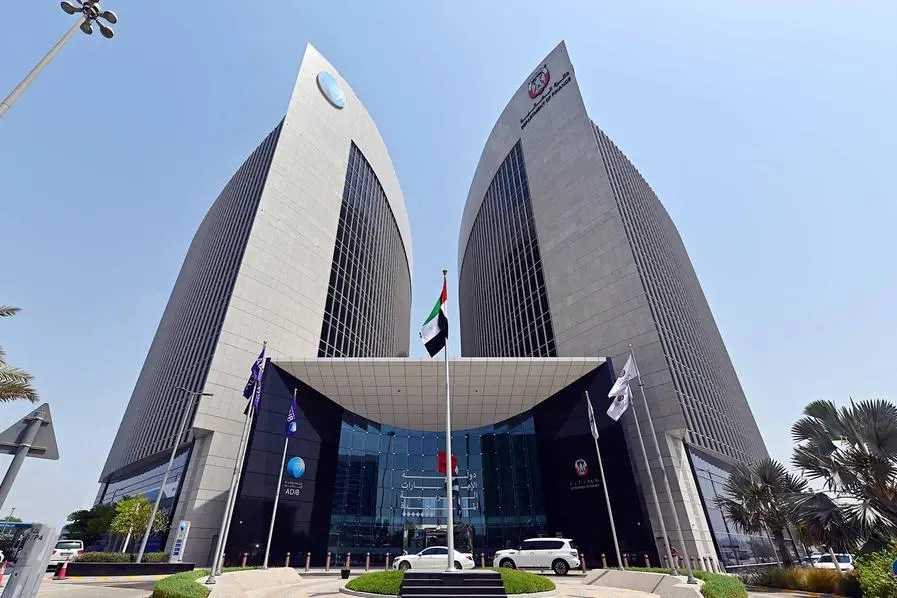PHOTO
FILE PHOTO: A Russian rouble banknote is seen placed on U.S. dollar banknotes in this illustration taken March 1, 2022. REUTERS/Dado Ruvic/Illustration/File Photo
The opening of a temporary trading window for Russia's sovereign bonds on Thursday will pave the way for holders of default protection to cash in on their bets next week - more than three months after Russia was ruled to be in default.
The process of settling these so-called Credit Default Swaps (CDS) has been far from straightforward.
Financial sanctions levied on Russia by Western countries and their allies after its invasion of Ukraine on Feb. 24 made it increasingly difficult for Moscow to make payments on its near-$40 billion of international bonds, eventually pushing the country into its first external default in decades.
WHAT TRIGGERS THESE CREDIT DEFAULT SWAPS?
The process starts with a market participant, usually an investor who has bought a CDS, asking a group known as the Credit Derivatives Determinations Committee (CDDC), to determine whether a so-called 'credit event' has happened. One of such events could be a failure to pay, commonly referred to as a default.
The trigger paving the way for this CDS payout was a payment of just under $2 million in accrued interest that Moscow failed to make during a bond's grace payment period. Credit default swaps were determined to be payable https://www.reuters.com/markets/europe/russia-failure-pay-credit-event-investor-committee-finds-2022-06-01/ on June 1.
WHY HAS IT TAKEN SO LONG?
Trading in Russian debt and equity became problematic for many U.S. and European banks and investors shortly after the invasion. The CDDC, which includes banks and fund managers and is the bond market equivalent of an insurance payment arbiter, had postponed taking a decision on a potential auction after the default.
The U.S. Office of Foreign Assets Control (OFAC) then made it explicitly clear later in June, with Russia already in a debt default, that trading any Russian debt was banned. This prevented the usual procedure chiefly aimed at establishing pricing for the bonds - a key part of determining the payout on Credit Default Swaps.
But a special license granted by OFAC in July with the CDS transactions in mind allows for trading of eight Russian bonds between Sept. 8-22. The bonds are all hard currency, without a rouble fallback, and clearable by Euroclear and Clearstream.
WHAT'S NEXT?
A list of bidders for the auction held to be on Monday, Sept. 12 has been published by the CDDC. The eight are Barclays, Citigroup, Credit Suisse, Deutsche Bank, Goldman Sachs, JPMorgan, Merrill Lynch and Morgan Stanley.
Banks representing investors will make a market for these bonds - a process that determines a floor for the price known as the Initial Market Midpoint (IMM). If the second, open interest part of the auction resulted in zero bids, the auction price will be that initial midpoint.
But it likely won't as anyone, including non-holders of CDS, can bid or offer against what would be left as an open market position.
"At the first stage of the auction, the administrators will discard highs and lows, and clearly outlier prices, in order to discourage any attempts at gaming," said CDS market veteran Athanassios Diplas, who advised the International Swaps and Derivatives Association (ISDA) board and helped design the auction process.
"If you bid well outside the range of everybody else you get penalized."
WHERE ARE THE BONDS PRICED NOW?
The question is important given that market prices will help determine the gap between market value and par that constitutes the CDS payment.
Before the invasion, Russia's bond maturing a year from now - like many of its other issues - traded above par, or at more than 100 cents on the dollar. In early March the price had fallen to 14 cents. Liquidity dried up and many investors marked their Russia holdings to zero.
Bonds are divided into different categories for the CDS auction, depending on their terms including currency fallback clauses and settlement location.
For the bonds that are deliverable, current bids indicate at 60-62 cents, while those that are only partially or not at all deliverable are bid between 42-46 cents, Refinitiv data shows.
WHO STANDS TO LOSE THE MOST MONEY?
This remains unclear partly because of the nature of the CDS market and the limited liquidity stemming from the sanctions to Russia.
JPMorgan analysts said in a note last week the most relevant questions ahead of a CDS auction are the auction mechanics and factors that will determine the final recovery rate.
"Given secondary market trading has been disrupted since recent U.S. restrictions, much of this is still unknown until the trading window opens."
JPMorgan estimates that there is just under $2.4 billion notional to be settled in Russian CDS, of which $1.54 billion are on single name contracts and the remainder on index positions.
(Reporting by Rodrigo Campos; additional reporting by Karin Strohecker and Marc Jones; Editing by Kim Coghill)







